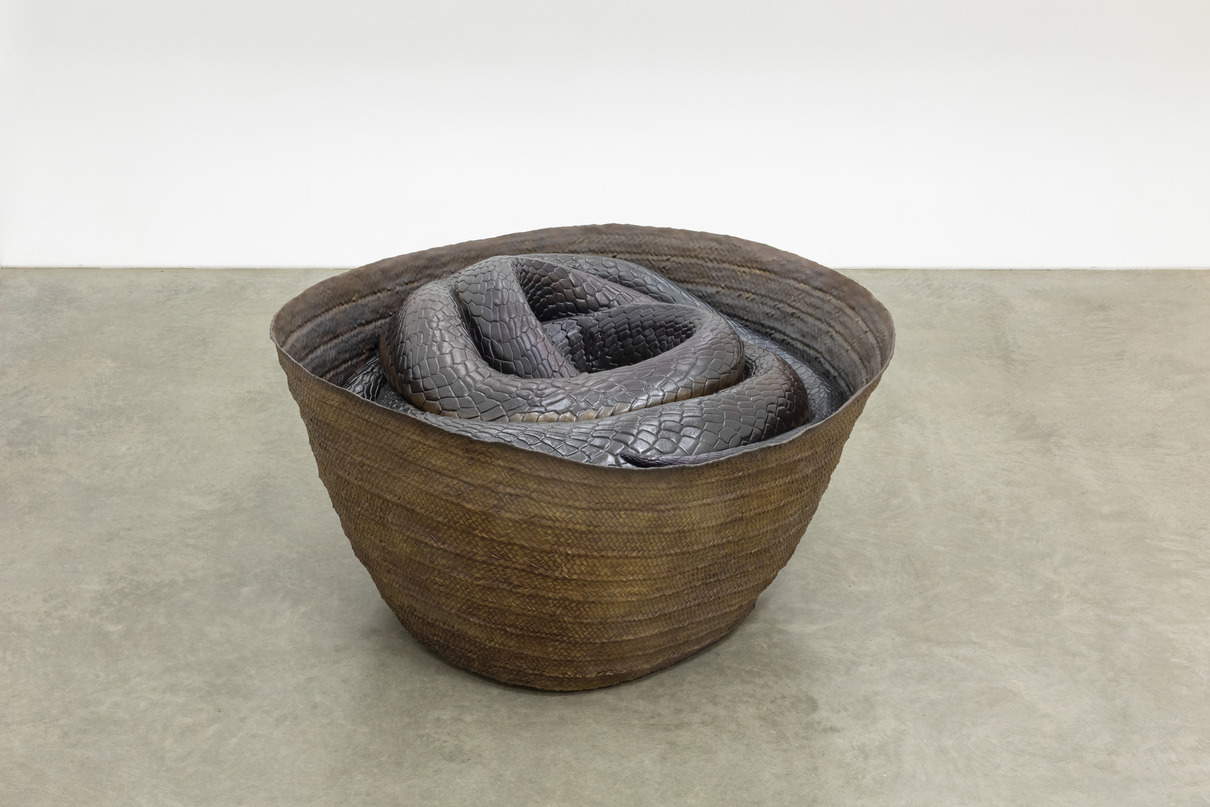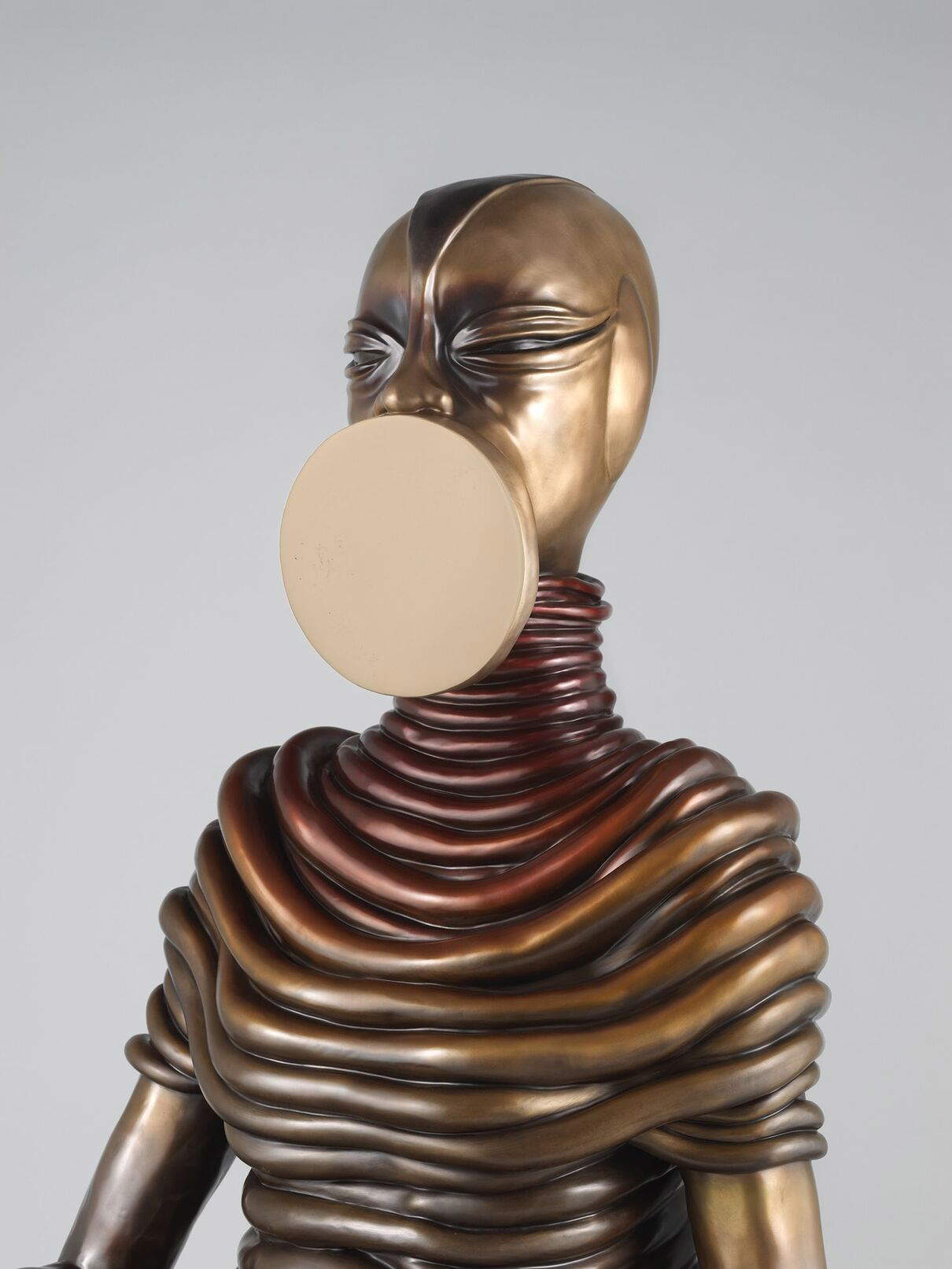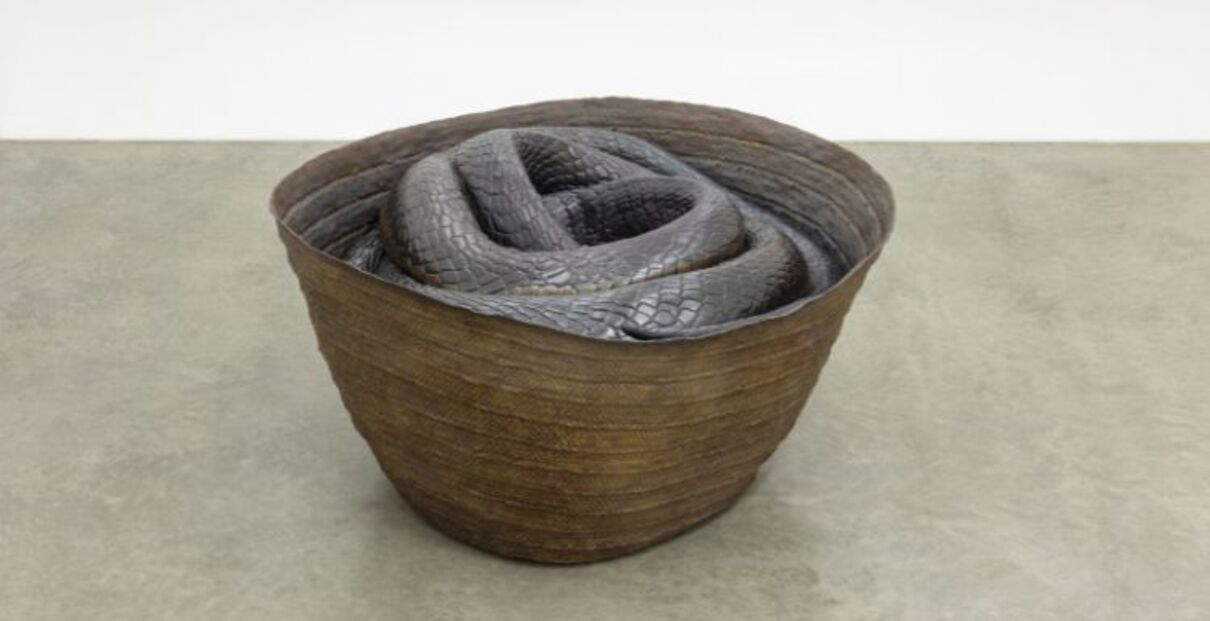From June 10 to September 14, 2025, the Borghese Gallery opens its halls for the first time to the solo exhibition of Kenyan-American artist Wangechi Mutu (Nairobi, 1972). The exhibition project Poems of the Black Earth, curated by Cloé Perrone, is developed as a site-specific intervention that crosses the museum’s interior, its facade, the Secret Gardens and theAmerican Academy in Rome, and aims to establish a direct confrontation with the Galleria’s historical architecture and permanent collection.
After the exhibitions dedicated to Giuseppe Penone and Louise Bourgeois, the institution continues its program of opening up to the contemporary, with the aim of proposing a new look at the museum as a space of transformation and narrative plurality. The title of the exhibition recalls Mutu’s layered poetics, balanced between archaic mythologies, sculptural practices and poetic dimensions, deeply rooted in the social and material contexts of the present. The “black earth” evoked in the title, on the other hand, alludes to a fertile, clay-like substance that is widespread in various geographical areas, including the Secret Gardens of the Borghese Gallery, which become an integral part of the exhibition itinerary.


The metaphor of the earth as a generative and transformative element runs through the entire project and forms its conceptual structure. Within the Borghese Gallery, the works are inserted by seeking to rethink the museum space through suspensions, ethereal appearances and new visual configurations. Works such as Ndege, Suspended Playtime, First Weeping Head and Second Weeping Head hang from ceilings or rest on horizontal surfaces, aiming to alter the visual field and suggesting a different way of inhabiting space. The materials chosen-bronze, wood, feathers, earth, paper, water, wax-are essential in defining the ethos of the exhibition. Bronze, in particular, is emptied of its classical aura to become a vehicle of collective memory, ancestral evocation and symbolic metamorphosis. In this way, the exhibition seeks to make the museum a living body, subject to constant mutation and stratification.
The works aim to traverse the space, interrogate it, expose it to the possibility of loss and change. Wangechi Mutu aims to activate a dialogue between contemporary language and ancient authority, in which history is intertwined with vision and memory with imagination. The intervention also extends to the exterior, on the facade of the Gallery and in the Secret Gardens. Here are located The Seated I and The Seated IV, sculptures that Mutu created in 2019 for the Metropolitan Museum in New York as part of the Facade Commission. These are modern, hybrid caryatids, balanced between the human and the architectural, which stand in relation to the classical order of the Roman museum. In the Gardens, however, works such as Nyoka, Heads in a Basket, Musa and Water Woman appear, reinterpreting archetypal vessels as symbolic containers and spaces of mutation. Figures that are part human, part mythological emerge from an imaginary terrain that fuses African cosmologies and global traditions. The video The End of Eating Everything aims to offer a new dimension to the journey. The moving image allows the artist to explore myth in narrative and temporal form, expanding her reflection on the body, desire and mutation. Sound also takes a central role in the exhibition.
The exhibition continues at the American Academy in Rome, where Shavasana I, a bronze figure lying down and covered by a woven mat, is located. The title refers to the yoga posture of the “corpse,” and the work is inspired by a real-life episode. The installation is placed in the atrium of the Academy, near Roman funerary epigraphs, thus amplifying the reflection on death, abandonment and the dignity of the body. The project is supported by FENDI, the official sponsor of the initiative.
 |
| Wangechi Mutu at the Borghese Gallery: it is the first exhibition of a living woman in the museum |
Warning: the translation into English of the original Italian article was created using automatic tools. We undertake to review all articles, but we do not guarantee the total absence of inaccuracies in the translation due to the program. You can find the original by clicking on the ITA button. If you find any mistake,please contact us.